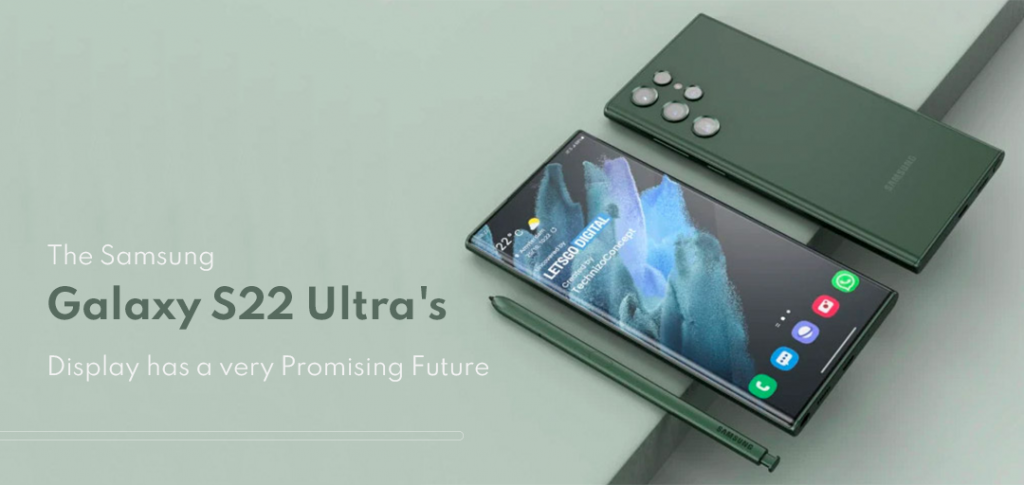South Korea’s Samsung Group is a worldwide industrial group with its headquarters in Samsung Town in Seoul, South Korea. It consists of multiple related firms, the majority of which are unified under the Samsung name, and it is the biggest chaebol in South Korea (business conglomerate). According to Brand Finance, as of 2020, Samsung will have the eighth greatest worldwide brand value. When Lee Byung-Chul launched Samsung in 1938, it was primarily a trade concern. However, the group expanded into several other industries over the following three decades, including food manufacturing, textiles, insurance, securities, and retail. After establishing itself in the electronics business in the late 1960s, Samsung expanded into the construction and shipbuilding industries in the mid-1970s, which would serve as the foundation for the company’s later expansion. As a result of Lee’s death in 1987, Samsung was divided into five corporate groups: The Samsung Group, the Shinsegae Group, the CJ Group, Hansol Group, the Joongang Group, and other subsidiaries.
Important Samsung industrial affiliates include Samsung Electronics (the world’s largest information technology company, consumer electronics manufacturer, and chipmaker by 2017 revenues), Samsung Heavy Industries (the world’s second-largest shipbuilder by 2010 revenues), and Samsung Engineering and Samsung C&T Corporation (the world’s 13th and 36th largest construction companies, respectively). Samsung Electronics is the world’s largest information technology company, consumer electronics manufacturer, and chipmaker by 2017 revenues. The company’s other notable subsidiaries include Samsung Life Insurance, which ranks as the world’s 14th largest life insurance company in terms of revenue in 2012, Samsung Everland, which operates the Everland Resort, which is South Korea’s oldest theme park and Cheil Worldwide, which ranks as the world’s 15th largest advertising agency in terms of revenue in 2012.
Samsung Galaxy Smartphones
Samsung Galaxy is a series of computer and mobile computing devices that have been created, produced, and sold by Samsung Electronics since 2015. Galaxy is a trademark of Samsung Electronics. The product line includes high-end smartphones such as the Samsung Galaxy S series, tablets such as the Samsung Galaxy Tab series, tablets and phablets with the added functionality of a stylus such as the Samsung Galaxy Note series, the foldable Samsung Galaxy Z series, and smartwatches such as the first version of the Samsung Galaxy Gear, with later versions dropping the Galaxy branding until the release of the Samsung Galaxy Watch in 2018. The Samsung Galaxy Watch is the company’s first wearable device.
The Android operating system developed by Google is used by Samsung Galaxy smartphones, including a customized user interface known as One UI (with previous versions known as Samsung Experience and TouchWiz). The Galaxy TabPro S, on the other hand, is the first Galaxy-branded Windows 10 gadget to be introduced at the 2016 Consumer Electronics Show. Galaxy Watch is the first Galaxy-branded wristwatch since the release of later versions of the Gear smartwatch from 2014 to 2017. It is the first Galaxy-branded smartwatch since the release of later iterations of the Gear smartwatch from 2014 to 2017. A few days after some early reviewers complained that their smartphones’ screens had shattered, the firm said it would delay the debut of its folding smartphone, the Galaxy Fold, until September 2019. The Fold was rereleased in September 2019. In 2020, Samsung will introduce the Samsung Galaxy Chromebook 2-in-1 laptop, which will run on the Chrome OS with data sharing and be part of the Galaxy branding. The Samsung Galaxy Chromebook 2 was introduced in 2021, and it is the successor of the Galaxy Chromebook.
Samsung Galaxy S22 Ultra’s Display
It seems that the Galaxy S22 series of devices will have AMOLED screens, which are noted for being brilliant and vivid. This appears to be the case, particularly in light of the new information about the devices. On the other hand, lightbulb replacements may be prohibitively costly and impishly impractical. SamMobile seems to have gotten certain assessment documents that were commissioned by the company themselves and that discuss the screens on the Galaxy S22+ and S22 Ultra, according to the report. For the most part, they’re rather good: There is complete coverage of the DCI-P3 color space and a peak brightness of 1,750 nits (candelas per square meter), which is an increase of 9 percent over the S21 Ultra, as well as a contrast ratio as high as 3 million to one, according to tests.
However, GSMArena points out that all of those statistics are attained in modest dosages, with the brightness of HDR content being used to show the experiment results. The maximum brightness of a fully white display will be between 400 and 1,000 nits, depending on the brightness level of the device being used. That being said, anticipate the S22 Ultra (and maybe the S22+ as well, given that they’ve been grouped) to raise the overall averages. Furthermore, according to SamMobile, the Galaxy S22’s estimated peak brightness of 1,300 nits is the same as that of the S21.
According to the manufacturer, the S22 Ultra’s display measures 6.81″, while the S22panel +’s measures 6.55″, making it one of just a few examples of that model’s screen size to be found online. In addition, preliminary information suggests that the S22’s 1080p display will be quite near the 6″ threshold, while the Ultra’s resolution would be 1440p, according to existing information.

